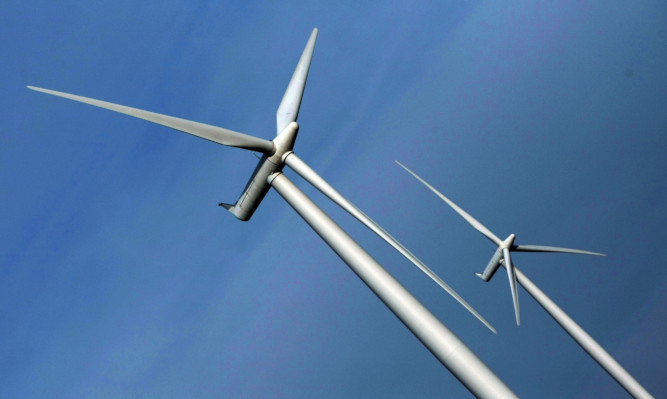Developers are sometimes under-assessing the impact of wind farm noise and appearance on residents living nearby, according to new research.
The two-year study looked at how the visual, shadow flicker and noise impacts predicted by developers at the planning stage of ten wind farms across Scotland compared to the reality once operational.
The test sites included wind farms at Dalswinton in Dumfries and Galloway, Achany in the Highlands, Drone Hill in the Borders, Hadyard Hill in South Ayrshire, Little Raith in Fife and West Knock Farm in Aberdeenshire.
In some cases what was set out in planning applications did not match the actual impact, the research by climate change body ClimateXChange concluded.
It also found that efforts to engage with the public had not always adequately prepared residents for the visual, shadow flicker and noise impacts of a development.
The information was gathered through a combination of residents’ surveys and assessments by professional consultants.
The report said: “There was a reasonable correspondence between the predicted impacts at application stage and the study team’s assessment of the as-built impacts.
“However, there were some instances in respect of each of the topics where impacts were under-assessed.
“This divergence between objective measurement and experience of impacts was evident from the residents’ survey which captured a range of responses.
“In respect of all three types of impacts considered by the study there were instances where no or limited impacts were predicted by the expert team, but residents reported experiencing adverse impacts.
“This finding points to the difficulties of predicting or assessing experiential responses.
“It is therefore important that the assessment process and subsequent consideration of applications by relevant authorities takes account of this.”
Researchers said this could be achieved through good project siting and design, rigorous impact assessments and improved public engagement.
Project manager Ragne Low said: “As the study has focused on issues relating to the planning process, we are confident that the findings will feed into improved practice in measuring the predicted impacts of proposed wind farms and in communicating this to decision-makers and those likely to be affected.
“The findings point to several possible improvements in planning guidance and good practice.
“Some have been implemented in the time between the case study wind farms being planned and built, and the present. The study will contribute to building on these improvements.”
Linda Holt, spokeswoman for the campaign group Scotland Against Spin, welcomed the findings.
She said: “For too long, people who have complained about wind farms have been dismissed as nimbies and we applaud the energy minister Fergus Ewing for commissioning this work.
“The recommendations show that the planning system is ill-equipped to address potentially adverse impacts on wind farm neighbours and we urge the Scottish Government to lose no time in implementing them.
“For too long, decision-makers on wind farms have been asked to determine applications while blind-folded about the true impacts of placing enormous industrial machines near people’s homes.”
A spokesman for Scottish Renewables said: “This study highlights the high standards of guidance available for those planning an onshore wind farm in Scotland, and we were pleased to see the sector has been putting these into practice.
“The industry has long worked with government and its agencies to put these high standards in place and this report demonstrates how much we have continuously improved, while identifying areas for further improvements for future schemes.”
